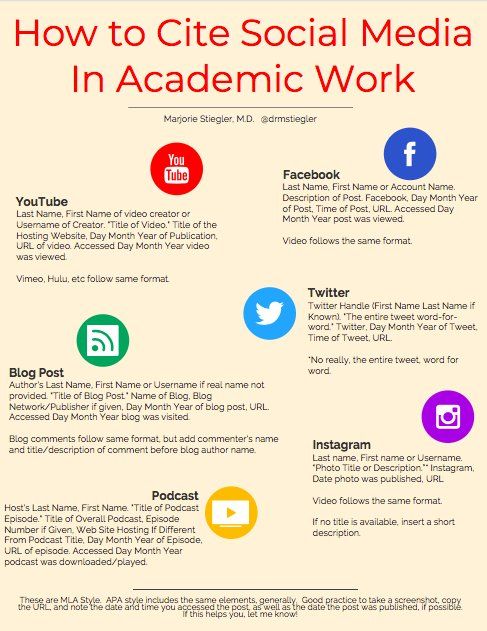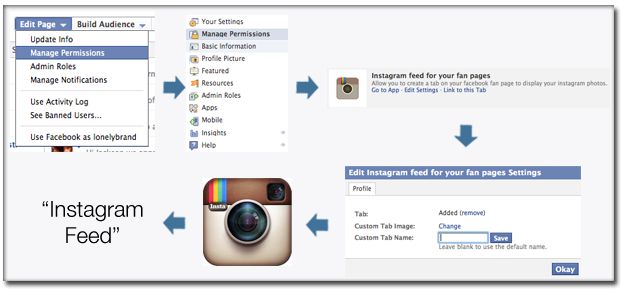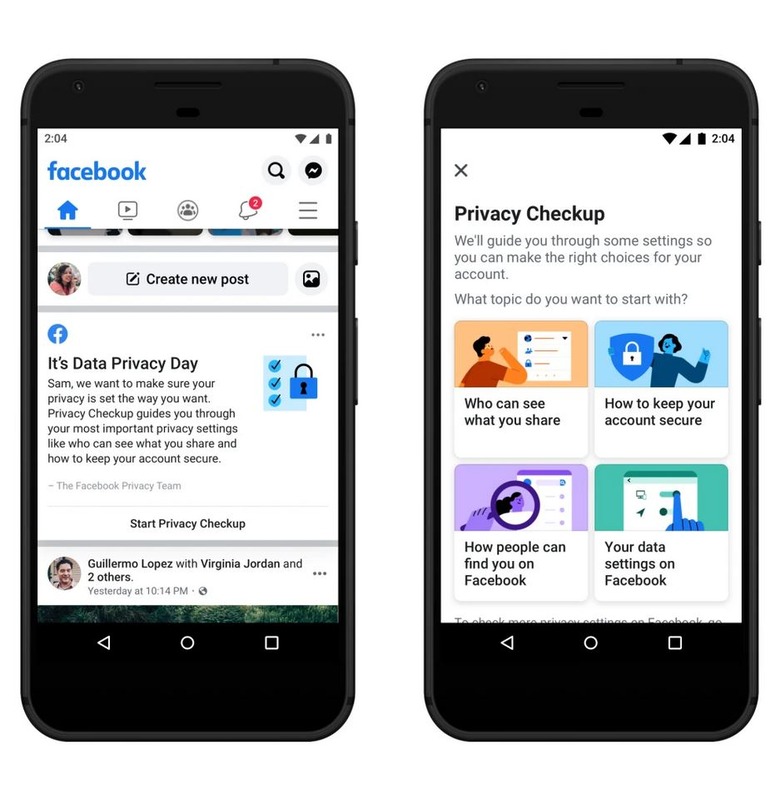How does telegram make money
Business Model of Telegram - How does Telegram make money?
Following WhatsApp and Snapchat, Telegram was the third most downloaded messenger app worldwide. Based on downloads, India, Russia, and the US were the app's leading markets in 2022. It has 31.84 million monthly downloads.
Telegram is amazingly free and open-source software that offers tons of facilities such as cloud-based instant messaging, end-to-end encryption, and many others. Telegram offers its users dozens of interesting features. They can create their sticker sets as well as create bots. The users can create or join different channels that provide tons of fascinating content for users to subscribe to.
Telegram does not believe in selling ads for promotion because the personal data shared with advertisers could go against its ethos. That's why the entire funding for Telegram comes directly from Pavel Durov. In case of increasing the revenue number, Telegram would begin users' donations funding or the freemium model.
In June 2022, Telegram switched to freemium when it introduced paid subscriptions. Additional features, such as double the amount of channels they could follow, faster download speed, and premium stickers were provided to the Paying users. Reducing fees and taxes, the in-app revenue of the platform exceeded $1 million in October 2022. The largest share came from iOS users.
Telegram users over time (March 2014 to November 2022)Telegram is a company that operates in fair secrecy and prioritizes its affirmation towards freedom from any pressure that could come from the market or any other nationally assigned restrictions. Telegram has gained immense popularity among its customers in many countries across the globe. With this, Telegram holds over 700 million active users per month. Telegram works with a distinctive business model which we would discuss in this article. Let's get started!
About Telegram
Business Model of Telegram
What is unique about the Business Model of Telegram
How does Telegram make money?
Key Features of Telegram
Target Audience of Telegram
About Telegram
| Monthly web traffic of Telegram | 274.3m visits |
|---|---|
| Number of paying customers | 257k |
| Main age group of users | 25-34 yrs |
| Share of male users | 57.6% |
| Largest market by app downloads | India |
| Monthly app downloads | 31.84m |
| Leading global region by downloads | APAC |
| Average time spent on Telegram by Android users worldwide | 3h per month |
The very popular open-source messaging application, Telegram provides various facilities to its customers including file sharing, VoIP, end-to-end encryption on video calls, and many others. Telegram was founded in August 2013 by Nikolai Durov and Pavel Durov. The company is headquartered in London, United Kingdom, and in Dubai, UAE by operational means. Telegram is the highest preferred messaging application in Uzbekistan and Iran. Today, Telegram has over 700 million active users.
Telegram was founded in August 2013 by Nikolai Durov and Pavel Durov. The company is headquartered in London, United Kingdom, and in Dubai, UAE by operational means. Telegram is the highest preferred messaging application in Uzbekistan and Iran. Today, Telegram has over 700 million active users.
In 2020, Telegram reached around 540 million downloads among which 500 million are from Android devices. Telegram is an open-source application but its server comes as a closed source. More than 15 billion messages are sent through Telegram every day.
Telegram provides its server distributed to five data centers located in various regions, to minimize the data load of the company. The operational centers are established in Dubai, United Arab Emirates. Meanwhile, the legal center is established in London, United Kingdom.
Business Model of Telegram
Telegram Business Model | How Telegram Makes MoneyTelegram's business model is entirely based on users' convenience and features. The company was founded in 2013 but it hasn't generated much revenue. In 2018, through an Initial Coin Offering Telegram raised more than $1.7 billion. But later in 2019, the SEC stopped this plan and announced it unlawful.
The company was founded in 2013 but it hasn't generated much revenue. In 2018, through an Initial Coin Offering Telegram raised more than $1.7 billion. But later in 2019, the SEC stopped this plan and announced it unlawful.
After this, the co-founder Durov kept the company up with the money he earned from selling the VK stake he owned.
But lately, Telegram has experienced immense growth because of this, the company monetized the service. In 2020, Durov announced on his public Telegram channel stating that they will be monetizing Telegram's services.
Telegram would not be charging any cost from the users, nor would show any ads in private or group chats. That's why Telegram is looking forward to other methods to gain enough revenue.
What is unique about the Business Model of Telegram
Telegram runs on a very smooth business model and the most unique thing about it is that Telegram wasn't made to gain profit. The messaging application Telegram was founded to make messaging handy for users with many fascinating features.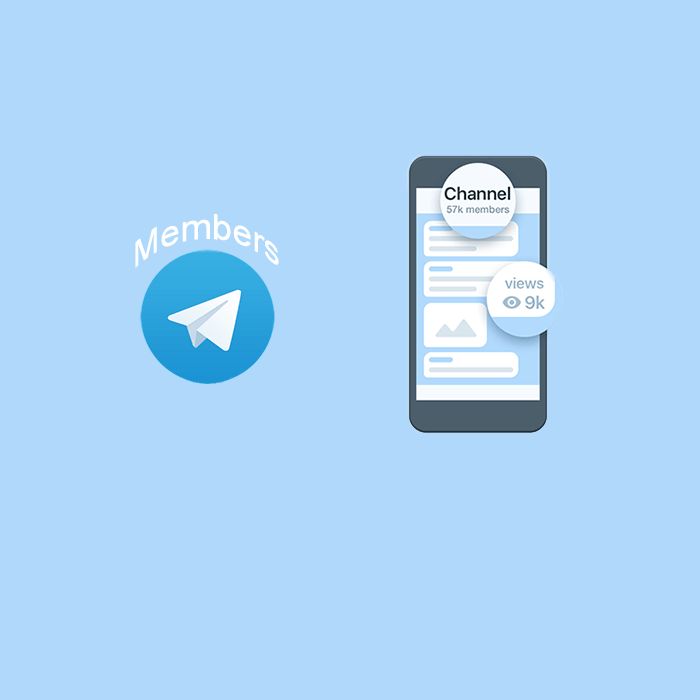 It has a whole bunch of features that make it unique from the other applications.
It has a whole bunch of features that make it unique from the other applications.
These features are:
- Telegram offers the feature of editing after sending the text. You can also delete them from both sides at your convenience.
- You can access your messages anytime from any device through the availability of cross-platform.
- Options of replying, hashtags, and mentioning to make your chatting more fruitful.
- Feature to mute any group so that you don't get unnecessary notifications.
- Feature to pin any message and that message will be displayed at the top of the chat screen.
- Share any file with a maximum size of 2 GB and more.
How does Telegram make money?
Telegram does not make any profit from its application and services. In 2020, there is zero revenue made. The founders believe in providing the facility of fast and secure messaging free. Telegram does not believe in selling ads for promotion because the personal data shared with advertisers could go against its ethos.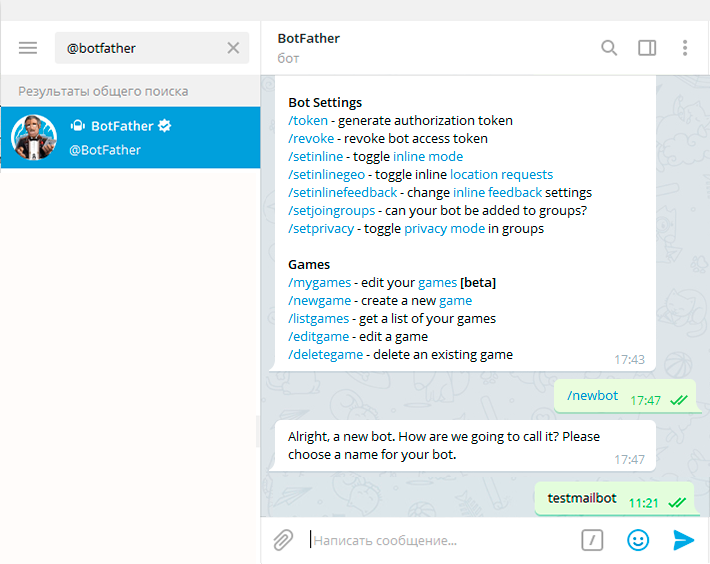
Although the company does have backup plans in case of urgent money. Telegram would look for non-essential paid options to generate money. Telegram prioritizes its customers the most and provides them with the best features for free. Telegram usually makes money from funding from its founders.
Key Features of Telegram
Telegram offers tons of features to make messaging convenient for users. Some of the features are-
- Lock Chat - where you can lock any of your chats with a password.
- Self-destructing Media - where you can put a timer on any of your media and it will be destroyed after that specific time.
- Two-step verification - where you can protect your account with two steps of verification from being hacked.
- Delete sender's messages - where you can delete any message or chat from both sides (receiver and sender).
- Telegram Premium - It is a paid version of Telegram that includes exclusive additional features.
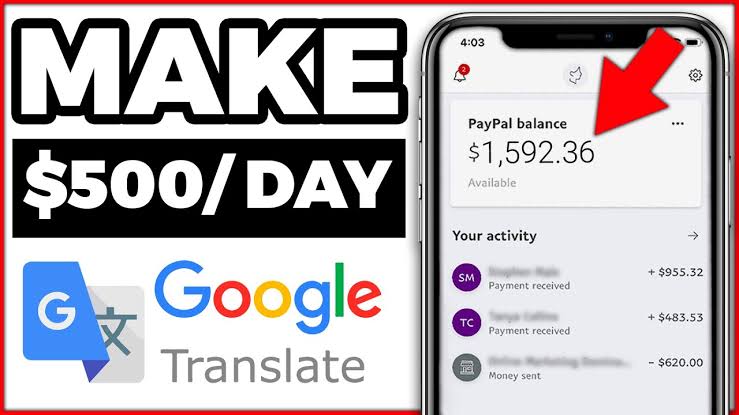 Telegram Premium is featured with a higher upload size, fast download speed, Premium Stickers, Advanced Chat Management, and more.
Telegram Premium is featured with a higher upload size, fast download speed, Premium Stickers, Advanced Chat Management, and more.
WhatsApp Or Telegram: Which is Better and Why? | StatupTalky
Currently, there are so many messaging apps and services are available. But this field becomes a bit narrow if privacy and security are your main concerns. WhatsApp and Telegram are considered as the major apps in instant messaging apps. Let us discuss more about these two messaging tools.
StartupTalkyATHUL C K
Target Audience of Telegram
Telegram offers dozens of features and user preferences. The messaging application is specially designed for people above the age of 16 years, with no parental controls overhead. It targets the youth with many end-to-end encrypted features.
Conclusion
We discussed the business model of Telegram briefly with the statistics. The founders believe in serving its users more than generating billions of dollars.
Telegram is a privacy-focused secure messaging application that has grown immensely in the last few years. There's a lot to talk about when it comes to Telegram. For now, we outcast our best knowledge regarding its business model.
FAQs
How does Telegram make money?
Until recently, Telegram doesn't make money. It is a free app that runs on donations and funding. It plans to monetize soon by offering non-essential paid options like premium stickers, etc.
How much is Telegram's revenue?
Telegram does not make any profit from its application and services. As of 2020, there is zero revenue made. Though, In 2018, through an Initial Coin Offering Telegram raised more than $1.7 billion.
Who is the founder of Telegram?
Pavel Durov and Nikolai Durov founded telegram in 2013.
What is Telegram's business model?
Telegram's business model is entirely based on users' convenience and features. It runs on a very smooth business model and the most unique thing about it is that Telegram wasn't made to gain profit. The messaging application Telegram was founded to make messaging handy for users with many fascinating features.
The messaging application Telegram was founded to make messaging handy for users with many fascinating features.
Is Telegram an Indian app?
No, Telegram is created by a Germany-based tech organization - Durov Software Industry.
Which is the best alternative for Telegram?
Signal messaging app is the best alternative for Telegram.
Who are the top competitors of Telegram?
Telegram's top competitors include:
- Viber
- Signal
- Slack
- Intis Telecom
Telegram Business Model: How Telegram Makes Money
With more than 2 billion monthly active users worldwide, Facebook-owned WhatsApp is the most popular messaging app. But Telegram, launched in 2013, around four years after WhatsApp, has been slowly and steadily covering the ground.
More than 550 million users were actively using the service as of July 2021, with users increasingly flocking to Telegram after WhatsApp announced a contentious privacy policy update, forcing users to accept the updated terms until 8th February 2021.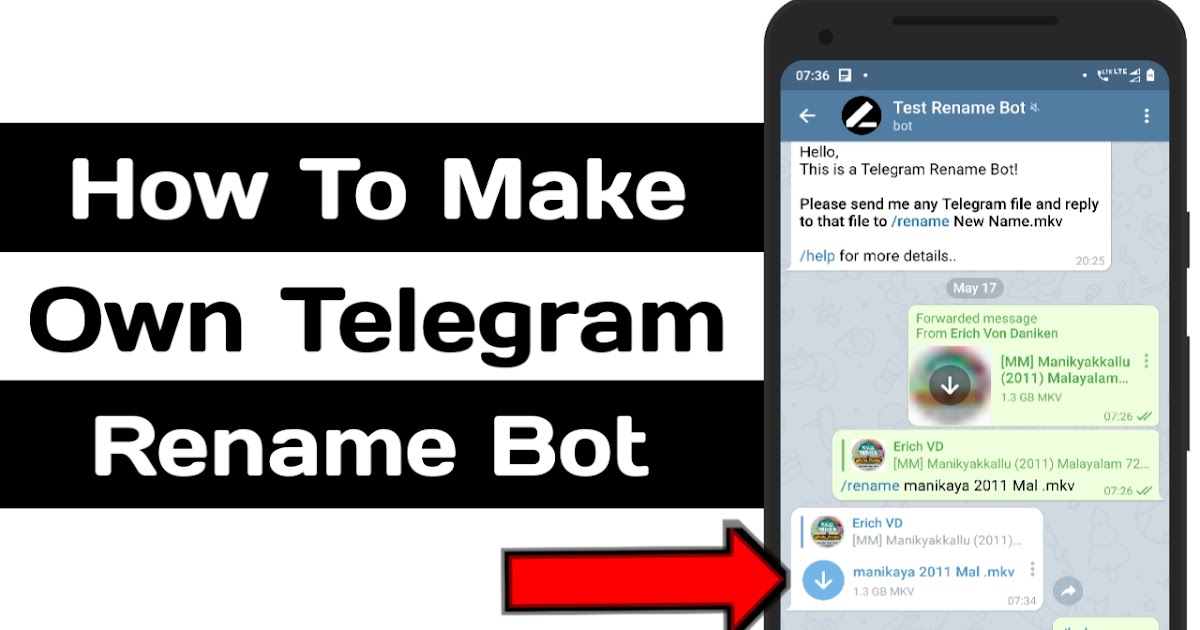
Due to the public backlash, WhatsApp eventually decided not to enforce the privacy update. Still, this entire episode injected life into the debate around which messaging app — WhatsApp, Telegram ot Signal — should people opt to use to safeguard their privacy and security.
This blog will investigate why Parel Durov founded Telegram & how it makes money because the founding principles and monetization mechanism influence its functioning. Once we’ve learned all of that, we’ll also see how Telegram’s privacy stacks against WhatsApp & Signal.
Telegram Founding Story
In 2006, Durov launched VKontakte, a Facebook clone that became Russia’s most popular social networking site. In 2014, eight years later, Durov sold his last, remaining 12% stake in the company for a reported sum between $300 and $400 million. In between the two events, Durov had an encounter with the Russian government, which forced him to give up VKontakte’s ownership and nudged him into founding Telegram.
Parel Durov, co-founder & the public face of Telegram, is often regarded as Russia’s Zukurberg in the media.
According to Verge, Russian authorities asked Durov to shut down VK pages operated by activists when anti-Putin protests broke out in 2011 amid allegations of election fixing. Durov declined the request, responding by sharing a dog’s picture with its tongue out on his Twitter handle.
In an open letter published later, Durov said his decision of not complying with the government was motivated purely by business motives, not political thought. He argued that if VK was forced to restrict such groups and foreign social media companies were not, then the Russian social network would die a slow death.
Soon after this episode, Durov lost 48% percent of his VK stake through a fishy backroom deal. United Capital Partners, an investment firm managed by purported Putin ally Ilya Sherbovich, bought Durov’s stake, who only learned about it when a reporter reached out to him for comment.
Even after the deal, though, Durov wielded majority control over VK. He had earlier secured voting rights of the 40% percent VK stake owned by Russian internet giant Mail.ru. Combined with his personal 12% stake, he held 52% company voting rights this way.
But United Capital Partners began to pressure Durov to focus on monetizing VK through more advertising, and Mail.ru — partially owned by Alisher Usmanov, a Russian businessman, also believed to be a close ally of President Vladimir Putin — began pushing for a larger stake.
“The goal of this deal was to put [VKontakte] under the control of businessmen who are friendly to the Kremlin,” Nickolay Kononov, author of a bestselling book on VK, told Verge at the time. For the uninitiated, the Kremlin refers to the Russian Federation government, similar to how the “White House” refers to the United States President’s executive office.
In April 2014, Durov finally succumbed to selling his remaining 12% VK stake after resisting government pressure to release Ukrainian protest leaders’ data. Ivan Tavrin, then chief executive of telecom provider MegaFon, also controlled by Usmanov, bought Durov’s stake.
Ivan Tavrin, then chief executive of telecom provider MegaFon, also controlled by Usmanov, bought Durov’s stake.
It was during his encounter with the Russian forces that the idea of founding Telegram occurred to Durov. When he first refused to shut down activist groups in 2011, a SWAT team showed up at his door. In an interview with the New York Times, Durov said, “They had guns and they looked very serious. They seemed to want to break the door.”
During the SWAT standoff, he called his brother, Nikolai Durov, co-founder of VK and Telegram. At that time, he realized that he did not have a safe means of communication, one that could not be possibly compromised by Russian authorities.
However, VK’s fate had opened Durov’s eyes to the challenges of growing a digital communication platform in Russia. So, Durov left Russia after selling his VK stake, registering Telegram as an offshore entity to evade Russian interference. He has, since then, been traveling with the core Telegram team, living like a nomad.
A year and a halt after its launch, By Dec 2014, Telegram had more than 50 million monthly active users. Telegram crossed the 100 million MAU, 200 million MAU, 300 million MAU mark in Feb 2016, March 2018 & October 2019 respectively. In Jan 2021, Durov announced that Telegram had crossed the 500 million MAU.
Because Telegram takes the privacy-oriented approach in product development and marketing, the company sees increased growth during times of governmental restrictions in times of political upheaval. Telegram also sees growth when major services like Facebook, Instagram, and WhatsApp suffer technical outages.
Telegram Business Model
The short answer to how Telegram makes money would be is through sponsored Messages — a tool that allows advertisers to promote channels and bots. Up until the sponsored messaging ads were launched in November 2021, Telegram was financed personally by pavel durov. Telegram had also raised $1 billion by selling bonds( a form of debt) to investors.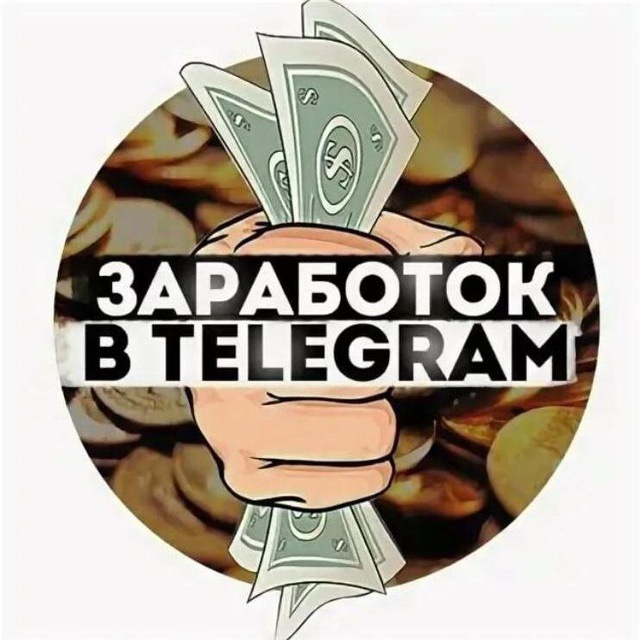
Now, let’s purse the long answer to how Telegram makes money. Telegram’s first tryst with making money came in the form of a $1.7 billion raise through an Initial Coin Offering in 2018,but the SEC halted the issue in 2019, deeming it unlawful.
For seven years, Durov kept Telegram afloat using the money he earned from selling his VK stake. But with the kind of growth Telegram was seeing, sustaining the company purely through his own money would be impossible.In 2020, Durov shared a message on his public Telegram channel revealing his plans to monetize the service.
Firstly, Durov clarified that he has no plans to sell Telegram. He cited WhatsApp’s example, which after being acquired by Facebook, had to compromise on its original vision. In case you didn’t know, both the WhatsApp founders left the company after disagreements with their Facebook bosses. In fact, Brian Acton, one of WhatsApp’s founders later gave $50 Million for forming the Signal Technology foundation, a non-profit organization established to support Signal, the private messaging app.
Signal’s story aside, Durov also made it clear Telegram will not charge regular users any money, nor will it show any ads in private 1-to-1 chats or group chats, which is Telegram sponsored message ads launched in November 2021 will only be shown in large public one-to-many channels with 1000+ members.
For the uninitiated,Telegram channels are like a public broadcast list without any limits on the audience size. To give you an example, Pavel Durov himself has a public channel to which close to 10,000 people are subscribed.
To make sure Telegram sticks to its principle of protecting user privacy, sponsored message ads will be solely based on the topic of the public channels in which they are shown, and no user data will be used for any kind of individual targeting.
Durov has also stated that as the sponsored message ads mature over time, Telegram also plans to share ad revenue with creators after recovering the money spent for running Telegram.
As per what Durov has communicated earlier, one can even expect Telegram to launch premium features to add an additional revenue stream.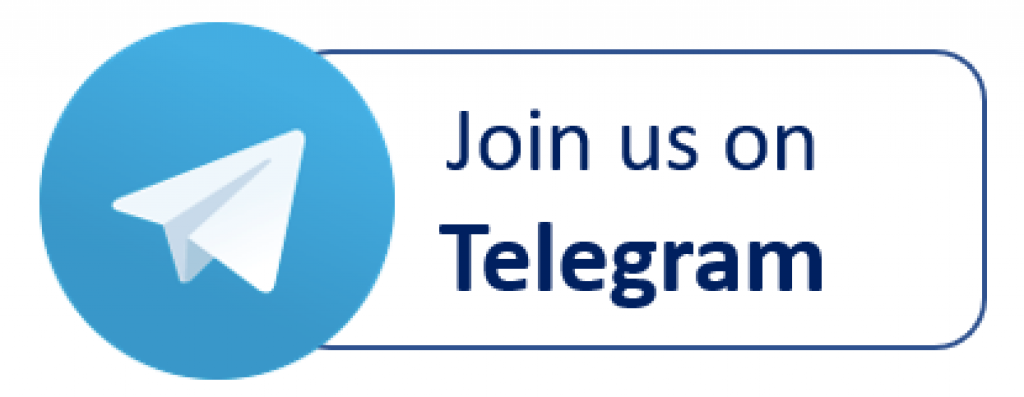 While existing features will continue to remain free, Telegram will roll out new features for Business users and power users. And since these new features will require extra resources, premium users will be required to pay for them.
While existing features will continue to remain free, Telegram will roll out new features for Business users and power users. And since these new features will require extra resources, premium users will be required to pay for them.
When it comes to privacy, one of the most discussed points is end-to-end encryption, and rightly so. Put simply, end-to-end encryption ensures nobody, including the messaging service, can see the content of your messages.
In Telegram’s case, the app does not offer end-to-end encryption by default. It has a “secret chat” option, where user communication is secured using end-to-end encryption, but this does not extend to groups.
So technically, unless you’re communicating using the secret chat feature, Telegram can access messages stored on its servers, to which it holds the key. Considering Telegram’s founding was based on the premise of user privacy, and there are no severe claims of Telegram acting in bad faith, you could still trust Telegram with your content. But it would not be ideal because having end-to-end encryption would have made it impossible for Telegram to access user messages, even if they wanted to.
But it would not be ideal because having end-to-end encryption would have made it impossible for Telegram to access user messages, even if they wanted to.
On the other hand, WhatsApp uses the open-source end-to-end encryption protocol developed by Signal, making all conversations, including group chats, private by default. The problem with WhatsApp, however, is that metadata, the information associated with the time and location of the message, is not encrypted. So, while WhatsApp can’t read the actual content of your messages, it still knows who you’ve messaged and when.
Signal, compared to Telegram & WhatsApp, scores the highest points in the privacy game. Not only are all conversations end-to-end encrypted, but it also doesn’t collect metadata. The only thing Signal has been criticized for using phone numbers as its primary ID, but the company has said it doesn’t collect any data linked to the number. The process of alerting users when one of their phone’s contacts joins Signal, intended to drive growth, is also facilitated anonymously to maintain user security.
Read More Case Studies
Netflix Business Model Case Study
Tesla Business Model Case Study
Shopify Business Model Case Study
Summary
Hey 👋
I'm a digital marketer working 5 days a week as a salaried employee & writing business blogs on weekends.
My goal is to turn this blog into a full-time gig. But for that to happen, I need it to generate as much revenue as my salary to protect the downside.
To be transparent, I currently make money with ads, but it isn't enough to transition to working full-time.
Why do I want to work full-time on the blog if I can carry on writing on the weekends?
Two reasons:
- My blog gets more than 20000 monthly visitors, most of them through search. The only bottleneck to growth is the amount of time I'm able to dedicate to the project, so working full-time will help me scale and turn it into my primary income source.
- Working on projects of my own opens the door to unlimited personal and financial growth.

If you've found value from reading my content, feel free to support my dream in even the smallest way you can.
How Pavel Durov makes money on a free Telegram
- Home
- How Pavel Durov makes money on a free Telegram
It's no secret that one of the advantages of the new messenger from the creator of VK is its availability for absolutely any user. At the same time, many are perplexed how Pavel Durov is going to make a profit if Telegram is free . Are there any pitfalls here? Let's try to figure this out below. nine0009
Absolutely free functionality
In his interviews, Durov repeatedly repeated that the messenger was developed and introduced to the masses not for profit. This service is completely non-commercial, therefore, it will never distribute advertising and receive investments from other structures, as this may lead to a certain dependence on third-party organizations. Refusal of any financial assistance is fundamental.
Refusal of any financial assistance is fundamental.
At the same time, Telegram is really completely free for users. There are no paid options, a subscription fee, and even stickers are distributed absolutely free of charge. How, then, does Pavel Durov plan to make money in order to support and develop his own project? nine0009
New business model
Today the service exists solely at the expense of its creator. On the basis of Telegram, Durov wants to introduce his own business model, which will not be focused on obtaining maximum income, as is typical for most commercial structures.
On paper, such a revolutionary strategy looks at least beautiful, but in reality it can face a lot of problems. Even though only volunteers work in the support service of the service, but equipment maintenance, traffic and the work of programmers must be paid for, which requires stable financial injections. nine0009
Representatives of the company do not seem to be particularly worried about this. According to them, today the financial cushion is quite sufficient to constantly develop the project and create serious competition for other messengers. If the money runs out, it is quite possible that the creators will ask their users to make a small donation or minor paid options will appear in the service.
According to them, today the financial cushion is quite sufficient to constantly develop the project and create serious competition for other messengers. If the money runs out, it is quite possible that the creators will ask their users to make a small donation or minor paid options will appear in the service.
Alternatively, third party paid bots. Thanks to the open API, today anyone can create their own bot that will perform a specific function. If other users pay money for its use, then, firstly, this will attract even more developers, and secondly, it will allow the service to stay afloat by receiving a commission. This option is being actively discussed and may appear in the near future. nine0009
If you don't have the Telegram messenger yet, you can download it here.
You say that Telegram is free, but what about roaming?
Speaking about the availability of the messenger, it should be understood that only its functionality is free. At the same time, you will have to pay for the used traffic according to the tariffs of the telecom operator.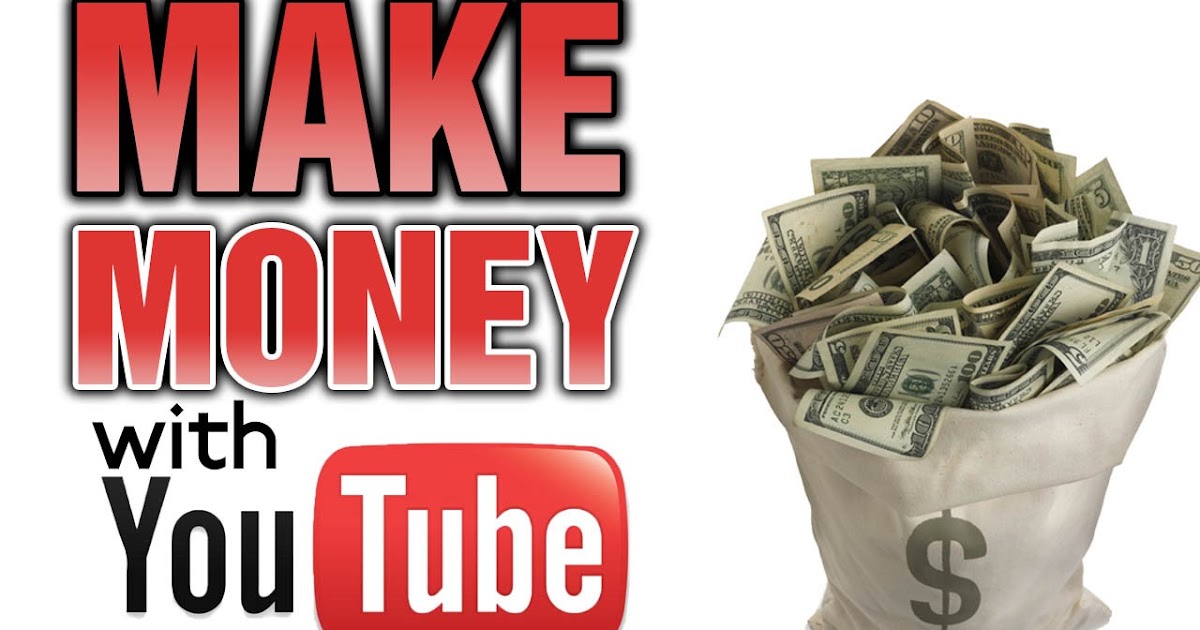 This applies to all applications that use the Internet for their work. And if under normal conditions the tariffication is minimal, then in roaming the cost of services can increase many times over. nine0009
This applies to all applications that use the Internet for their work. And if under normal conditions the tariffication is minimal, then in roaming the cost of services can increase many times over. nine0009
Although Telegram has a minimal consumption of Internet traffic compared to its competitors, you should follow some rules when roaming so that communication does not hit your wallet:
- send only clear text;
- do not send heavy files and documents;
- keep correspondence only in chats or groups with a small number of participants;
- do not visit channels that broadcast photos, videos and animations.
Since this application works quite stably even in poor connection conditions, sometimes this is the only way to send important information to your friends while in the roaming zone. nine0009
how Durov tried to find money for the messenger and launched advertising - Services on vc.
 ru
ru In 2021, it became clearer where Telegram would get money from. The main thing about the costs of the messenger, monetization options and the reasons for the appearance of "annoying" advertising in Telegram.
16465 views
Telegram positioned itself as an independent and free project from the very beginning. Its founder Pavel Durov promised not to give control in the messenger to third-party investors and not to take money from users: monetization could interfere with audience growth. nine0009
But as the service grows, so do the costs: once a certain size is reached, applications are usually sold or monetized, Durov said. Telegram wanted to avoid both options or find a non-standard way to monetize - without ads, subscriptions and paid features.
The company decided to make money on tokens: in 2018-2019, Durov raised $1.7 billion to create a blockchain platform, could not launch it due to the SEC ban, and remained in debt to investors.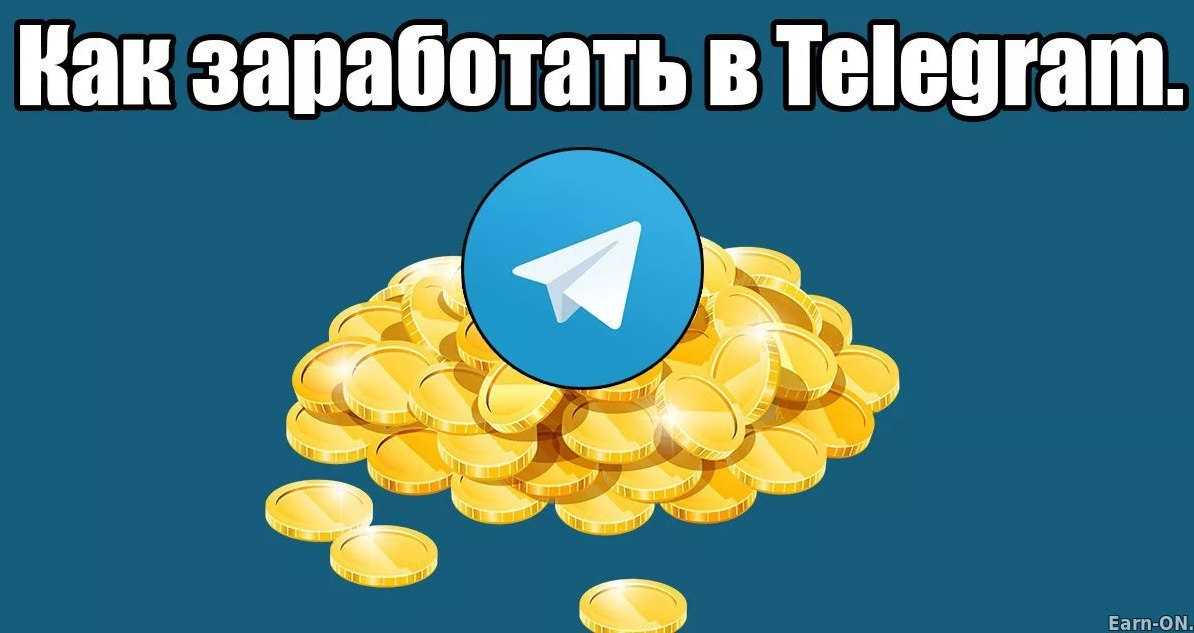
As a result, the messenger had to follow the beaten path: in 2021, Telegram launched advertising, announced subscriptions and donations, and also raised loans that can be converted into company shares. nine0009
Pavel Durov financed Telegram from personal funds
Creation and operation of Telegram was financed from the very beginning from Durov's personal funds, which he received from the sale of his 12% stake in VKontakte. Forbes wrote about this in January 2020 with reference to the protocol of Durov's interrogation, which was conducted as part of the proceedings with the US Securities and Exchange Commission (SEC). Then the company first tried to monetize the project and launch the TON blockchain platform. nine0009
Officially, the parties did not disclose the amount of the transaction. According to Forbes sources, at the time of the sale, VKontakte was estimated at $ 3-4 billion, that is, Durov could have earned $ 360-480 million for his share. Pavel Durov founded Telegram together with his brother Nikolai, the possibility of participation in the share capital during interrogation was not discussed .
Pavel Durov founded Telegram together with his brother Nikolai, the possibility of participation in the share capital during interrogation was not discussed .
Messenger expenses
Servers, switches and other equipment account for approximately 40% of Telegram's spending. The messenger mostly runs on its own servers, but there are also third-party ones. Durov bought the servers with the money received from the sale of VKontakte, follows from the protocol of interrogation. nine0009
At the beginning of 2020, the biggest part of Telegram’s expenses were employee salaries. In 2017, Telegram Group employed from 25 to 30 people, and the company also used the services of "hundreds" of independent contractors. By January 2020, the number of employees "hasn't changed much," the company's founder said.
In an interview with The Kernel in 2015, he said that Telegram is developed by "the best engineers in the world" who receive proposals from Facebook and Google. But Telegram could not offer them motivation in the form of stock options, since Durov was not going to sell the messenger. nine0009
But Telegram could not offer them motivation in the form of stock options, since Durov was not going to sell the messenger. nine0009
So the company must pay them "competitive salaries" or the project will run out of engineers. According to Durov, in 2015 the messenger spent $1 million on various purposes every month.
Telegram “will always be free”, but the company needs money
The company had several goals: not to focus on profit, but to cover its own expenses, to remain independent, to provide a free service for users, to ensure the security of communication. nine0009
"Financial self-sufficiency"
The company didn't want to "burn money forever," Durov said in an interview. Someday, the messenger had to start earning, but not more than necessary to pay its expenses.
Telegram “does not focus on maximizing profits, but provides value to society,” Durov said in early 2015. He compared the project to a non-profit organization, since Telegram spends everything it earns.
Durov planned that in the future Telegram would become “financially self-sufficient” and come to a business model that would make it possible to earn to pay for traffic, equipment and salaries of people .
Independence
One option to avoid the introduction of paid features or advertising was to attract investment. But Durov did not want to sell the company or even a stake in it, so as not to give investors control and not to "bury" the idea of Telegram.
You can't go to a venture capitalist and say, "I have an altruistic idea and a humanitarian mission." You can apply to the government or other authoritative bodies to give you money, but no government will give you a million dollars just like that. Most likely, they will want to gain some control, which will bury the whole idea. We were just lucky to be in an advantageous position. nine0009
Pavel Durov, 2015
No monetization
Telegram initially refused monetization - it could interfere with the growth in the number of users, Durov said during interrogation.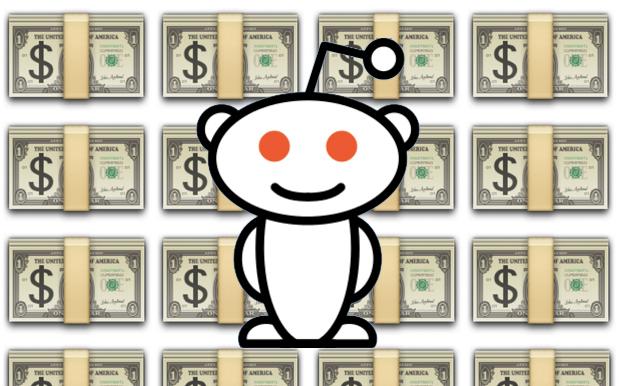 According to him, to build a business model, you first need to grow "to a decent size."
According to him, to build a business model, you first need to grow "to a decent size."
But the messenger itself will always be free for users: there will be no paid options, subscriptions and advertising, Durov promised.
nine0008 I believe that our direction of development, where we are moving, will ultimately lead us to a viable, independent business model. I think we will start experiments in this direction very soon.I can say that there will be no paid options, no paid subscription, no ads. Telegram will always be free for users. Our monetization will be more about third party platforms and revenue sharing.
Pavel Durov, 2015
In June 2015, the service had 62 million users - a sufficient base to attract third-party developers to create products on Telegram. Durov spoke about plans to create third-party paid applications on the platform in an interview with Wired. nine0009
“Showing ads next to private messages looks wrong, even immoral. We want to set a high standard for messaging technology in terms of speed, security and flexibility,” said the founder of the messenger.
We want to set a high standard for messaging technology in terms of speed, security and flexibility,” said the founder of the messenger.
When WhatsApp and Viber reached this point, they had to sell the companies. The costs were too high, and they did not find a way to monetize. WhatsApp has introduced a paid subscription model, but if you look at the results of their work in 2014, it turns out that they made $25 million by spending $280 million. It is absolutely not viable. nine0009
Pavel Durov, 2015
However, the company still considered advertising as a monetization option, Forbes found out. According to the interrogation protocol, Telegram discussed this method of monetization, among others, until 2017, but then the team decided to focus on other projects due to “limited human resources and time.”
Alternative way to monetize the project
Five years after the launch of the messenger, the company first tried to raise third-party money. In 2018, Telegram announced a service-based TON blockchain platform with native tokens called Gram. nine0009
In 2018, Telegram announced a service-based TON blockchain platform with native tokens called Gram. nine0009
Gram was supposed to become a mass cryptocurrency and be integrated into the messenger. It was also planned to pay tokens to users who will support the TON infrastructure. Of the 5 billion tokens, 52% of the tokens will remain in the company's reserve, 4% will be received by developers four years after the launch of the system. The rest was planned to be sold.
Telegram wanted to launch the platform by October 31, 2019. For the creation of TON and the maintenance of the messenger itself, the company raised $ 1.7 billion over two years. The company specified that the Durov brothers would not pay themselves remuneration from the money received. nine0009
This is how investors bought a “cryptocurrency purchase agreement”. Telegram planned to launch a unified service registry with a service recommendation system for specific users. In addition, the messenger planned to launch several utility services, such as VPN.
Even then, Telegram was thinking about launching an advertising exchange. According to the TON description, Gram was supposed to be used to pay for clicks and ad views in the messenger. In addition, publishers would be able to accept donations in tokens or set up a subscription to unique materials. nine0009
But the launch of the platform was prevented by the US Securities and Exchange Commission (SEC). On October 12, 2019, the regulator suspended the sale of cryptocurrency through the court.
The SEC stated that Telegram should have registered the sale of Gram as a securities transaction and disclose information about the financial condition, business, management and risks.
First, Telegram postponed the launch of the platform until April 30, 2020. In March 2020, the court upheld the SEC's position. The company tried to appeal the decision and again postponed the deadline, but in the end, in May 2020, Durov had to close the project. nine0009
nine0009
How much the company spent on TON
According to the protocol of Durov's interrogation as part of the proceedings with the SEC, in 2018-2019, Telegram spent $228 million on the creation of TON - 60% for salaries, the rest for equipment. The amount can be increased by about 10% more, if you take into account the transportation costs of employees and rental housing during business trips, Durov explained.
At the same time, it is impossible to clearly separate the costs of creating TON and developing Telegram - the same team worked on both projects with the same equipment and suppliers. nine0009
Debts to investors
Telegram managed to raise $1.7 billion on TON and the development of the messenger from 171 investors, including Qiwi founder Sergey Solonin ($17 million) and Wimm-Bill-Dann co-founder David Yakobashvili ($10 million). According to Vedomosti, Roman Abramovich became another Russian investor in Telegram.
When the regulator managed to suspend the sale of tokens, Telegram thought about the return on investment.
On April 30, 2020, Pavel Durov offered investors who want to withdraw money immediately only 72% of the invested funds. For those who agree to wait until April 30, 2021, the entrepreneur offered to return 110% of the original amount. nine0009
In a letter to investors, Telegram promised that if the court wins, investors will receive tokens in accordance with the agreement. If it loses, the company will return the investment by selling the shares of the messenger owned by the founder.
The regulator won the court case and ordered Telegram to return $1.2 billion to investors. According to investors, Durov returned part of the money, wrote The Information. The company did not disclose the exact amount to be paid to investors by Telegram.
There will be no advertising and subscriptions - in private messages
By the end of 2020, Telegram had accumulated debts to investors and could not find an alternative source of income. In addition, the service was approaching the mark of 500 million active users - as the audience grew, so did the cost of servers and traffic.
The company needed money, but the founder did not want to sell his stake in Telegram and lose his independence. “The world needs Telegram as an independent project that respects the rights of users and provides a high quality of service,” he said. nine0009
On December 23, 2020, Durov announced that Telegram would start monetizing from 2021 and announced advertising, subscription, and paid features. With such a size, the company needs additional finance, he said.
When a technology company grows to this size, it has only two options - start earning money to cover costs - or sell out to a larger player.
Pavel Durov, 2020
It will be easier to buy advertising, but much is still unclear: what to expect and fear with the launch of the advertising platform in Telegram Editorial articles nine0009
For example, will channel owners be able to earn on official advertising or will Telegram take 100% of the proceeds?
The co-founder of the messenger promised that the monetization of the project will be "unobtrusive" - thanks to the achieved scale:
- Existing functions will remain free, new ones will appear for corporate clients and users with advanced needs.

- There will be no ads in private messages and groups - ads will only be in large channels. nine0004
- The Company will not collect personal data from users for personalized advertising. Advertising in the channels will be contextual, that is, it will depend on the topic of the channel.
- The messenger team will "never force you to watch 30-second commercials."
The messenger has also started developing subscription and donation functions for channel authors.
Seeking third party funding
Durov spoke publicly about the monetization of the service and explained this by the growth of the messenger. He did not mention the need to return funds to investors, and he also did not publicly announce the search for investments. Since the beginning of 2021, media sources have begun to report on various third-party funding options that Telegram is considering.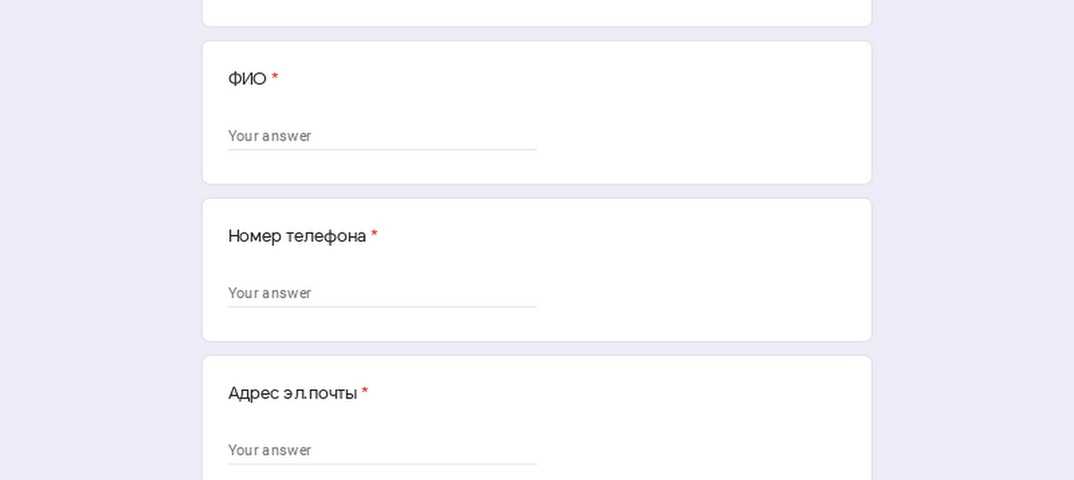
On January 13, The Information, citing sources, reported that Durov held private talks with investors. The company wanted to borrow money that would be converted into shares during a possible IPO - Telegram was looking for $1 billion.0009
According to the publication, the company has been looking for funding for several months. Durov himself then said that he did not meet with potential investors, but the company received offers for convertible debt. He called this option a good opportunity to remain independent and implement a monetization strategy.
At the same time, company representative Markus Ra confirmed the negotiations. According to him, Telegram is “considering various options,” but will not make any commitments that involve a “mandatory exit.” nine0009
The Information believes that by "mandatory exit" a representative of Telegram meant a sale, merger, or going public. In keeping with his original goal of remaining independent, Durov turned down offers to sell his shares.

For example, a consortium of Western investors wanted to buy 5-10% of the messenger and valued Telegram at $30 billion, The Bell told citing sources. The founder of the service refused to invest.
nine0008 $1 billion
The company found a way to attract investments: on March 12, the messenger placed five-year convertible dollar bonds at 7% per annum and raised $1 billion, RBC learned. The securities provide owners with the opportunity to convert them into shares at a 10% discount to the company's offering price in the event of an IPO.
Durov believes that this form of attracting investments will allow maintaining independence: bondholders have no rights to manage the company and they cannot influence its policy. He did not disclose the details of the deals. nine0009
Owning bonds does not imply any significant leverage, nor does "friendship" with someone who owns bonds. Telegram bonds are a form of debt that any investor can now buy on the secondary market.

Issuing bonds is very different from selling shares, in which investors get voting rights and seats on the board of directors. This is why, as I already pointed out in my last post, the bond issue allowed Telegram to raise funds without sacrificing its independent nature. nine0009
Pavel Durov
At the disposal of VTimes was then the reporting that the messenger sent to potential buyers before the placement of bonds. In the document, Telegram spoke about the problems, plans and financial performance for 2018-2020.
In 2018, the company's loss amounted to $172.7 million, in 2019 - $150.9 million. At that time, the service was still maintained at the expense of Durov's personal funds, who, according to Forbes, had about $360-480 million.
In the report, Telegram disclosed debts to investors: by mid-2020, this amount amounted to $625.7 million.
Telegram has a short business history and a new business model, which makes it difficult to predict its future results, and monetization strategies may not work - the company itself warned investors about this in a report. nine0009
nine0009
At the end of April, Vedomosti and Forbes reported on the new placement of Telegram's bonds - now for $750 million. Most of it was bought by Western investors, primarily JP Morgan. Why the company raised new funds was not specified.
After the placement of bonds, in early April, Telegram began to return debts to TON investors who did not immediately take the money, The Bell found out. It was not reported whether the money was returned to all investors.
What is Telegram doing now to make money on its own
In the second half of the year, Telegram actively launched new features, including voice chats and video calls, and implemented a monetization strategy.
Before entering the stock exchange, the company must present a convincing business model - the lack of monetization is one of the main risks that experts point to.
The first major update was the release of a new version for iOS (8. 1) and Android (8.0.1) in September with a new bit range and broadcast recording. In the previous value storage system, the range of user IDs, channels, bots, and groups was running out. nine0101 If it reached the limit, then new users would not be able to register, and the rest would not be able to create bots, channels and groups.
1) and Android (8.0.1) in September with a new bit range and broadcast recording. In the previous value storage system, the range of user IDs, channels, bots, and groups was running out. nine0101 If it reached the limit, then new users would not be able to register, and the rest would not be able to create bots, channels and groups.
At the end of October, Telegram introduced its advertising platform, ten months after its announcement.
The company initially set high requirements for advertisers, which will allow Telegram to quickly get a lot of revenue. For example, the minimum budget for launching an advertising campaign is €2 million.
At the same time, €1 million is a deposit. It will not be returned unless the advertiser spends €10 million in the last 12 months. nine0009
In addition, channel owners in which ads appear do not receive income from ads. So far, the messenger takes the entire amount for itself, but promises to share after it covers its main income.
The reaction to the appearance of advertising in the messenger was negative: many complained that such posts were annoying, despite being marked "sponsored". And the owners of some well-known channels have begun to warn readers that they cannot take responsibility for the accuracy of advertising. nine0009
At the same time, advertising agencies are in no hurry to use the new function: this is a new service, there is neither a proven methodology nor an understanding of how it will look and work.
Opinions and analyzes of advertising in Telegram: how it works, why it looks like this, why the first ads are outraged Editorial articles
Links to discussions and points of view.
The first "advertising" post leads to Pavel Durov's channel
Those who are annoyed by ads will be able to turn it off - Durov announced a "low-cost subscription" for users and the ability to turn off ads for channel owners.
Until 2023, Telegram plans to add other features to monetize the messenger.



